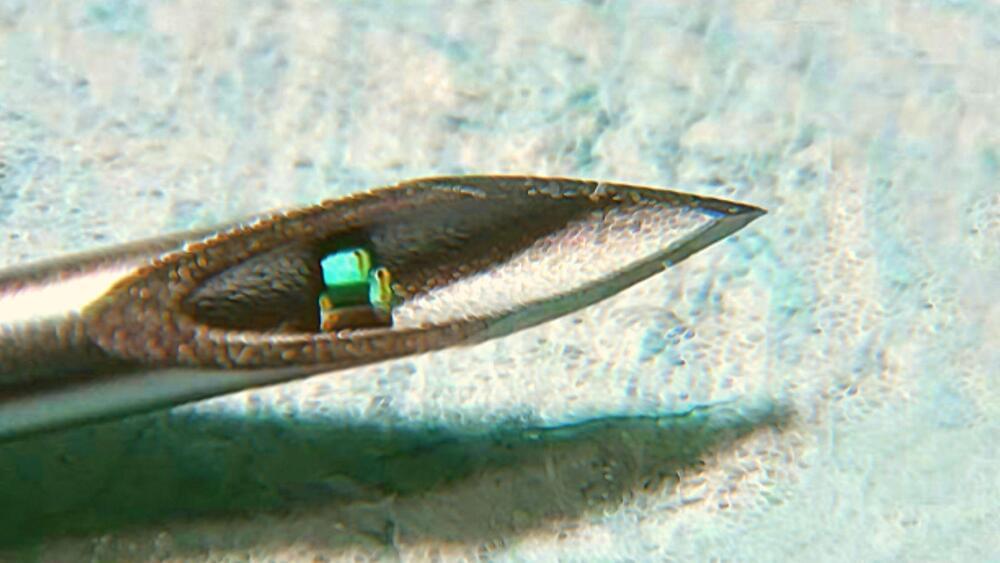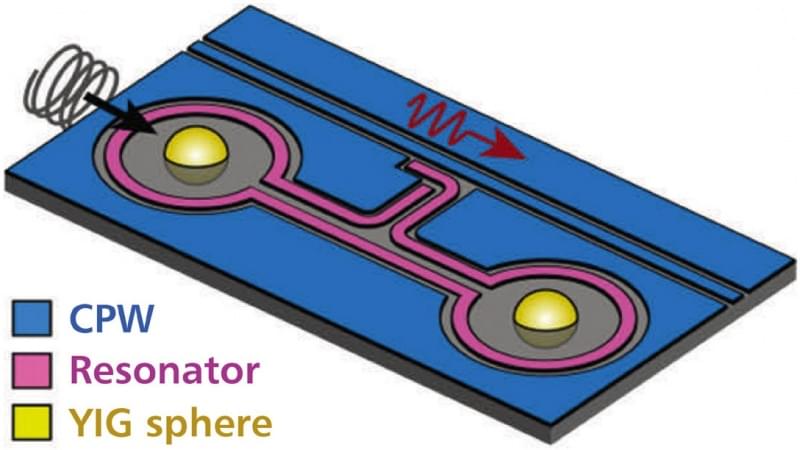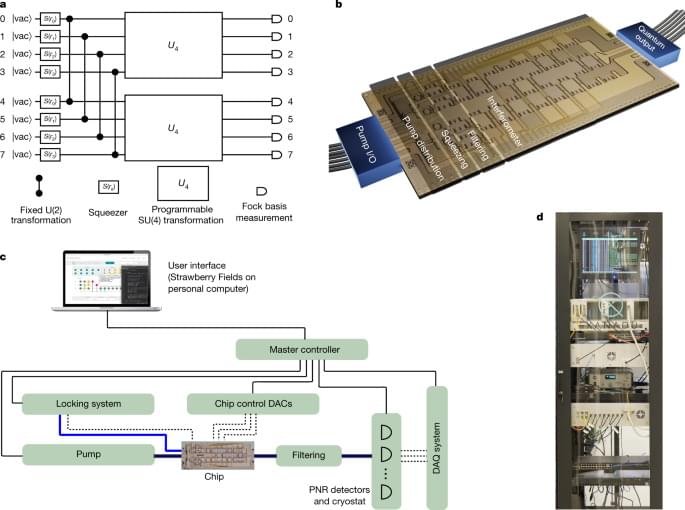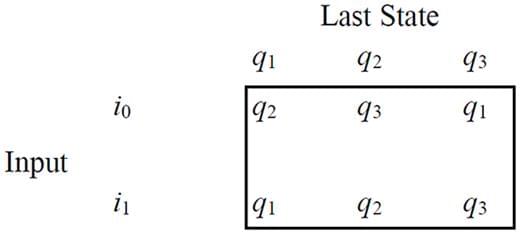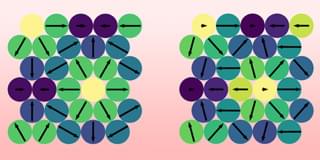A tiny computer chip was implanted into seven mice at once
The implant created by the engineers at Columbia is record-breakingly small, but it’s also breaking new ground in simply existing as a wholly functional, electronic circuit whose total volume is less than 0.1 cubic millimeter. In other words, it’s the size of a dust mite, not to mention far more compact than the world’s smallest computer, which is a cube-shaped device precisely 0.01-inches (0.3 mm) on each side. The smaller, new chip is only visible with a microscope, and pushed the envelope in power-sourcing and communications ingenuity design.
Typically, small electronics feature radio frequency (RF) modules capable of transmitting and receiving electromagnetic signals, this method generates wavelengths too large to originate from devices as small as the new one. Alternatively, ultrasound wavelengths are far smaller at specific frequencies because the speed of sound is a lot slower than the speed of light at which all electromagnetic waves move. Consequently, the Colombia team of engineers integrated a piezoelectric transducer capable of functioning like an “antenna” for wireless communication and powering using ultrasound waves.
